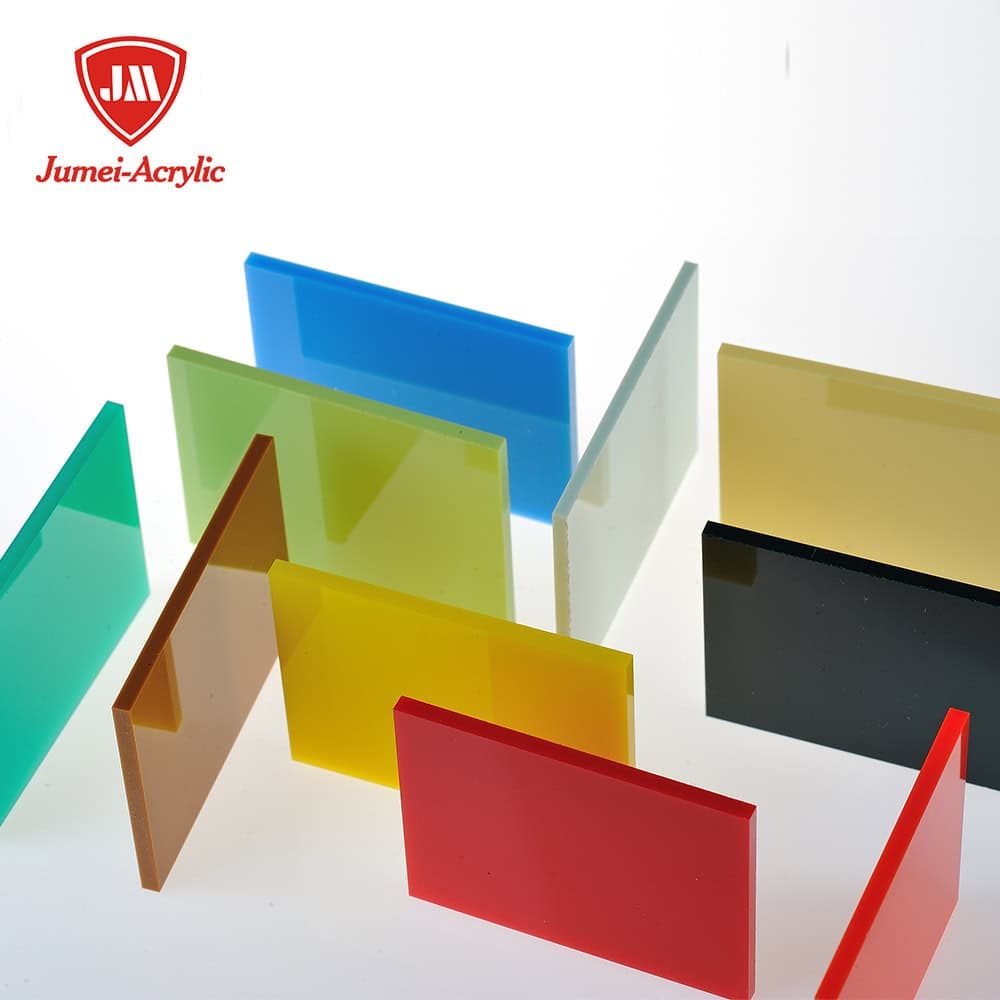The retail industry is constantly evolving, and one of the most significant drivers of change is the innovative use of plastics in store design and displays. From lightweight durability to endless design possibilities, plastics are revolutionizing how brands create engaging, functional, and sustainable retail environments. In this article, we’ll explore how plastics are transforming retail spaces and why they’ve become a go-to material for modern store design.
1. Lightweight and Durable Displays
Plastics, such as acrylic, polycarbonate, and PVC, are lightweight yet incredibly durable, making them ideal for retail displays. Unlike traditional materials like glass or wood, plastic displays are easier to transport, assemble, and rearrange. Their durability ensures they can withstand frequent handling, reducing maintenance costs and extending the lifespan of retail fixtures.
2. Versatile Design Options
Plastics offer unparalleled versatility in design. They can be molded into virtually any shape, size, or color, allowing retailers to create unique, eye-catching displays that align with their brand identity. Whether it’s a sleek acrylic product stand or a vibrant PVC signage, plastics enable designers to push creative boundaries and deliver memorable shopping experiences.
3. Cost-Effective Solutions
Retailers are always looking for ways to optimize budgets without compromising quality. Plastics provide a cost-effective alternative to traditional materials, offering similar (or better) aesthetics at a fraction of the cost. Additionally, their lightweight nature reduces shipping and installation expenses, making them a practical choice for both small boutiques and large chains.
4. Enhanced Visual Appeal
Plastics like acrylic are known for their transparency and glossy finish, which can enhance the visual appeal of retail displays. Clear acrylic shelves, for example, create a modern, minimalist look while keeping products in focus. Colored or frosted plastics can add depth and texture to store designs, creating a dynamic and inviting atmosphere.
5. Sustainability and Eco-Friendly Options
As sustainability becomes a priority for retailers, plastics are stepping up to meet the demand. Many manufacturers now offer recycled plastics or biodegradable options, allowing brands to reduce their environmental footprint. Additionally, plastics’ durability means fewer replacements, contributing to long-term sustainability goals.
6. Customizable Lighting Integration
Plastics can be easily integrated with lighting systems to create stunning visual effects. LED-lit acrylic displays, for instance, are a popular choice for highlighting products and creating a futuristic ambiance. The ability to diffuse light evenly makes plastics an excellent material for illuminated signage and backlit displays.
7. Easy Maintenance and Hygiene
In today’s retail environment, cleanliness is more important than ever. Plastics are non-porous and easy to clean, making them a hygienic choice for high-touch areas like checkout counters and product displays. Their resistance to moisture and stains ensures they remain looking fresh and new with minimal effort.
8. Modular and Flexible Displays
Retailers often need to adapt their spaces to seasonal promotions or new product launches. Plastic displays are modular and easy to reconfigure, allowing stores to refresh their layouts quickly and efficiently. This flexibility helps retailers stay agile and responsive to changing consumer trends.
9. Impact-Resistant and Safe
Safety is a key consideration in retail design, especially in high-traffic areas. Polycarbonate plastics, known for their impact resistance, are ideal for creating durable and safe displays. Unlike glass, polycarbonate won’t shatter, reducing the risk of injury and ensuring a safer shopping environment.
10. Branding and Personalization
Plastics offer endless opportunities for branding and personalization. From custom-printed acrylic signs to laser-cut PVC logos, retailers can use plastics to reinforce their brand identity and create a cohesive shopping experience. The ability to incorporate intricate designs and vibrant colors makes plastics a powerful tool for storytelling and customer engagement.
Why Plastics Are the Future of Retail Design
Plastics have become an indispensable material in modern retail design, offering a perfect blend of functionality, aesthetics, and sustainability. Their ability to adapt to evolving trends and consumer expectations makes them a valuable asset for retailers looking to stay competitive in a fast-paced industry.
Partner with Experts for Your Retail Design Needs
If you’re planning to incorporate plastics into your retail displays or store design, partnering with a trusted supplier like Jumei Acrylic can make all the difference. They offer high-quality materials, expert guidance, and customizable solutions to bring your vision to life.
Ready to transform your retail space? Visit Jumei Acrylic’s Website today to explore their range of plastic materials and design services!





